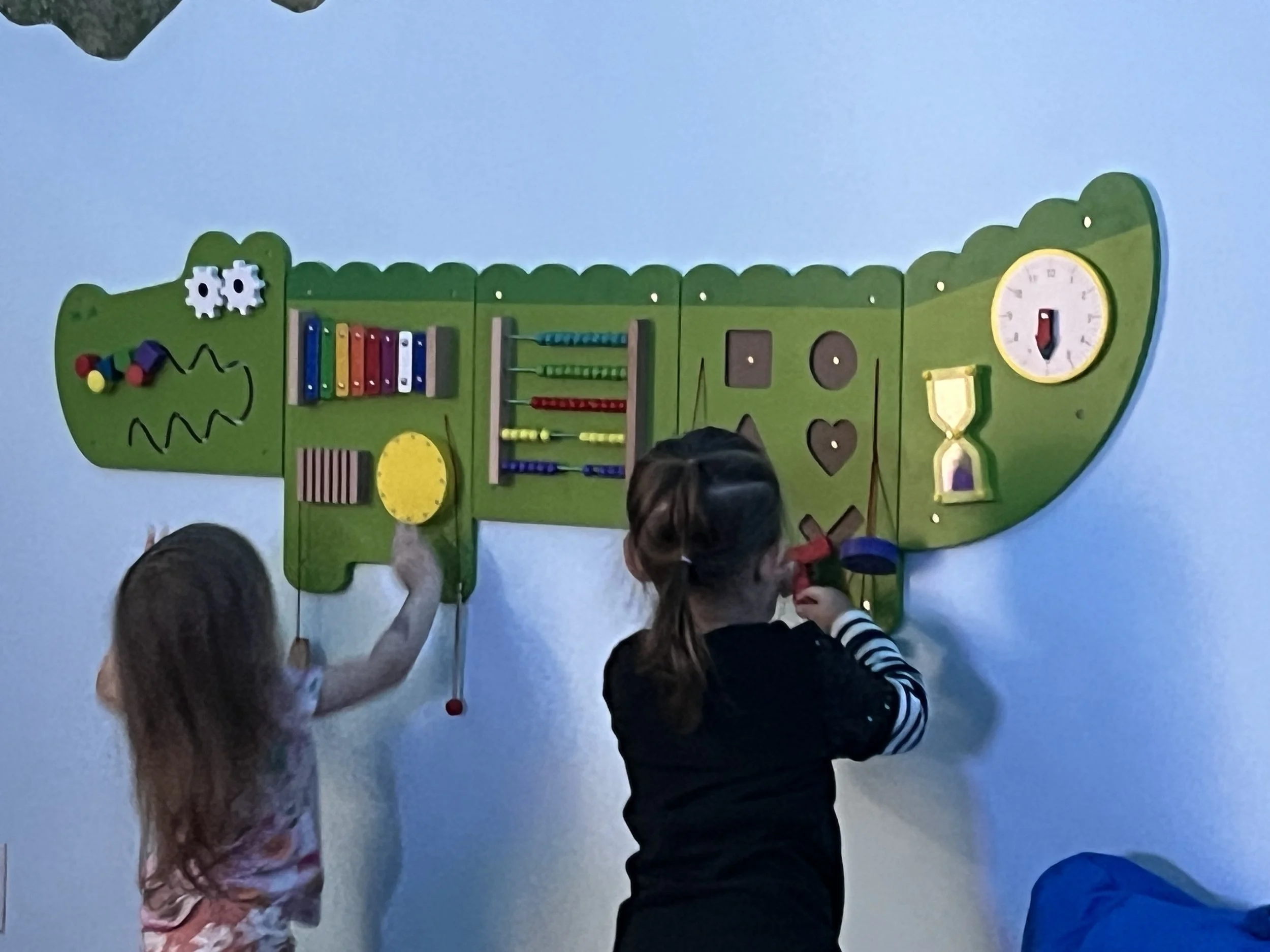
Peanut’s Place:
A Sensory Room providing a calming, low-stimulation environment with adaptable lighting and noise levels to create a welcoming space for children and families seeking relief from sensory overload.
Let us know what you think of our Sensory Space:
I am 16 years old, home-schooled, and in my junior year of high school. I have been in Girl Scouts since kindergarten.
I have earned many pins and patches over the years and I am now working on my Gold Award. My Gold Award is raising sensory awareness.
My Gold Award Project is creating a sensory room as well as raising sensory awareness through education talks. My goal is that my project will teach others about the struggles those with sensory disabilities and their families go through, as well as getting these people active in their own communities. The reason I chose this project is because of my little brother. He has ADHD (attention deficit hyperactivity disorder), ADD (attention deficit disorder), and SPD (sensory processing disorder). I know how hard it is for him to be able to do certain things and know there are many others just like him with these hidden disabilities. The room is also named after him as we call him Peanut.
I am Hannah D. and this is my Gold Award Project…
Why Sensory Awareness is Important
Sensory awareness is important because it helps individuals understand how sensory inputs—such as sounds, lights, textures, and smells—affect their emotions, behavior, and ability to function. For people with sensory sensitivities, such as those with autism or sensory processing disorders, sensory awareness allows caregivers, educators, and communities to create supportive environments that reduce stress, promote engagement, and improve overall quality of life. Additionally, fostering sensory awareness encourages empathy and inclusivity, enabling spaces to be more accessible and accommodating for everyone.
Seek vs Avoid
There are two types of people: sensory seeking and sensory avoiding. Sensory seeking people need to stimulate their brain. Things like small fidgets are good so they can help focus their brain without being distracting. Sensory avoiding people are constantly looking for a way to calm as their brain is constantly being overstimulated. Weighted blankets or weighted animals can have a calming effect when around the back of your neck or on your lap.








